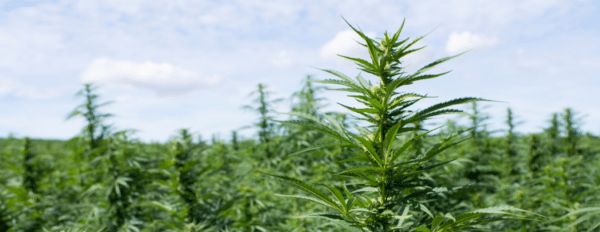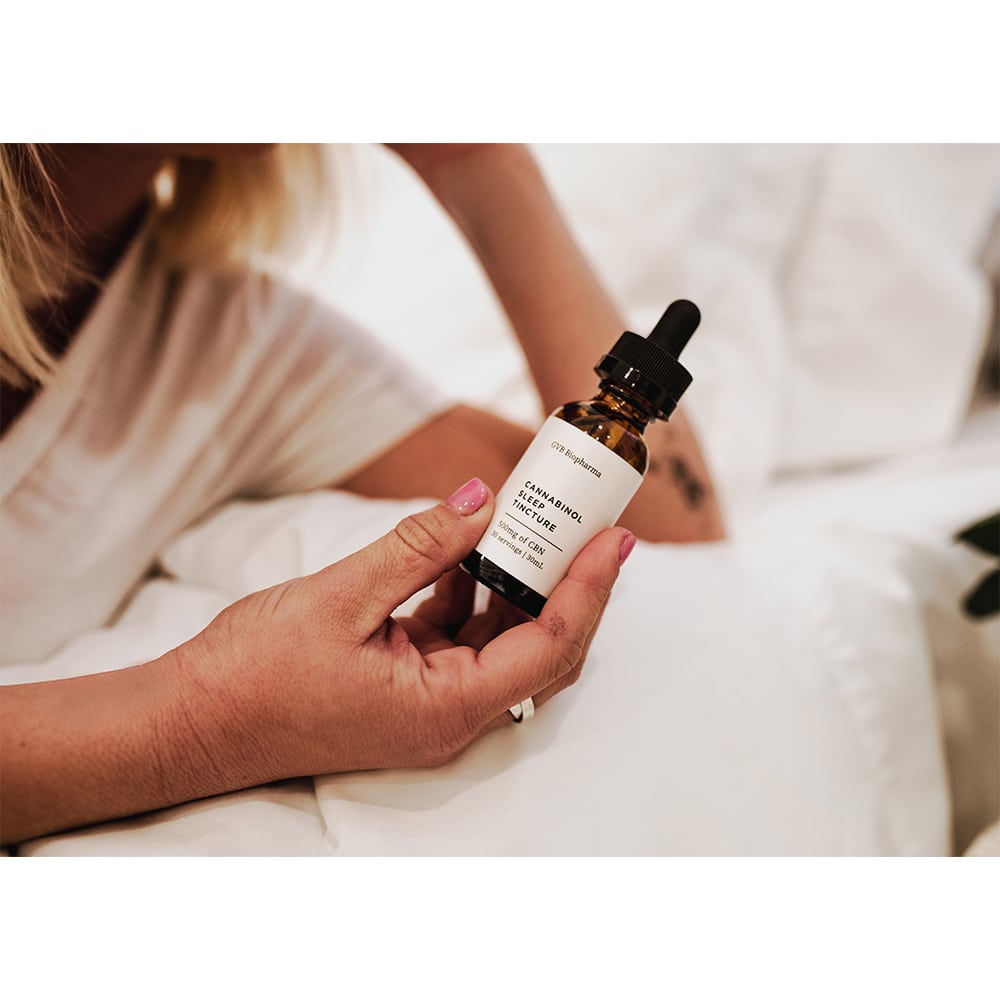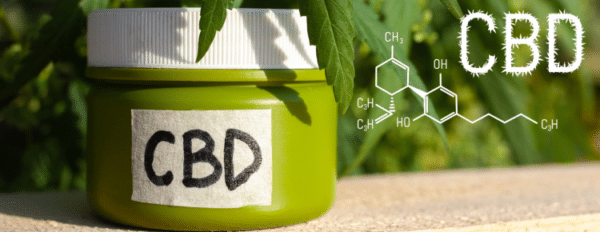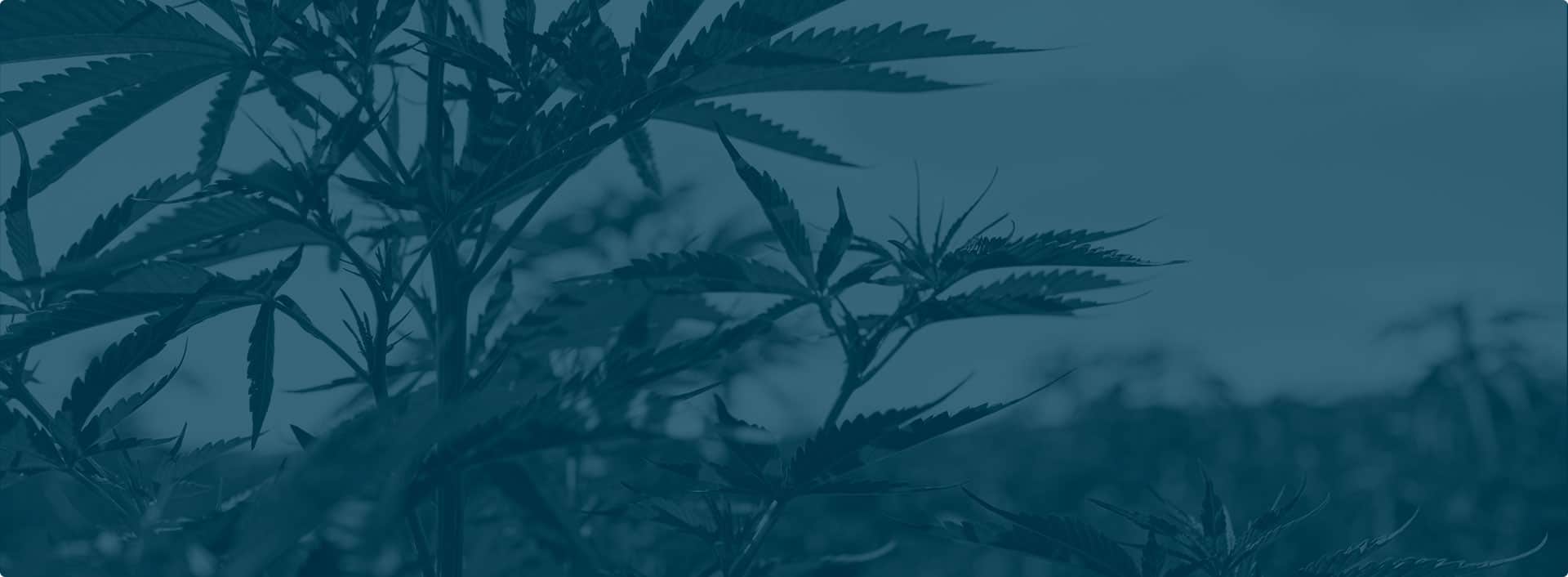Before it takes on its final form, every cannabinoid in Cannabis sativa begins as something else. Most of the cannabinoids we already know and love — CBD, CBG, and CBN, for instance — all come from a common source: CBG.
Cannabinoids in the “varin” family, however, trace their roots back to a different compound. In this guide, we’ll learn what CBGV is to find out where it fits into the modern cannabinoid pharmacopeia.
What is the cannabinoid CBGV?
Cannabigerovarin (CBGV) is a cannabinoid that naturally occurs in certain phenotypes of hemp and cannabis. Via enzymatic processes that occur either during the natural maturation of cannabis or in a laboratory environment, the precursor of CBGV, CBGVa, transforms into CBDV, THCV, CBGV, or most other cannabinoids in the “varin” subcategory.
Researchers are studying CBG as much for its role in cannabis maturation as for its individual benefits, and they have given considerable attention to CBGV despite its obscurity. They justify this focus by suggesting that “Varin” cannabinoids may offer superior alternatives to their conventional counterparts. Since CBGV plays a crucial role in the formation of these alternative cannabinoids, it’s of great interest in the context of laboratory synthesis.
Origins
CBGV naturally begins forming toward the end of the Cannabis sativa maturation process. CBGV is available in significant quantities in certain cannabis phenotypes but exists in trace amounts in nearly all known phenotypes.
As cannabis came into existence, it appears nature followed its usual path of trying out multiple simultaneous sets of relatively similar compounds. Cannabinoids in the “varin” family seem to be less evolutions of normal cannabinoids and more natural variations that might have unique properties.
Structure
Structurally, both CBG and CBGV are quite a bit different from CBD, THC, and most other cannabinoids. Like CBG, CBGV only sports one cyclic ring. The compound’s structure includes a long tail with the typical alkyl chain extending from the opposite side.
In the case of CBGV, this alkyl chain is shorter by two hydrocarbon groups. Scientists are still investigating the impact that this slight chemical difference might make, but shorter alkyl chains are a shared attribute among all “varin” cannabinoids.
Effects
In terms of experienced effects, CBGV remains too much of an unknown cannabinoid to make any definitive determinations regarding how it may feel different from CBG. On the other hand, research into CBGV’s potential medical benefits has helped distinguish it from CBG.
What does CBGV do?
Overall, the effects, uses, and pharmacokinetics of CBGV are firmly still under study. Unlike widely used cannabinoids like CBD, CBGV is much rarer and remains significantly under-researched.
Initial inquiries show, however, that CBGV may be like other cannabinoids in offering some degree of anti-inflammatory benefit¹. Due to the popularity of CBG in skincare, CBGV has also received attention in this context: The cannabinoid served as a focus of a 2016 study² into the usefulness of cannabinoids for acne, for instance.
Aside from this very limited scope of study, not much concerted effort has yet been put into firmly delineating the unique characteristics of CBGV. Increased popularity among consumers would certainly push the subject of CBGV more firmly under the eye of academia.
Is CBGV the same as CBG?
No, CBG and CBGV are very different cannabinoids. They each have unique chemical structures: Whereas CBG features the full alkyl chain sported by most conventional cannabinoids, CBGV features the shorter chain indicative of “varin” cannabinoids. Any difference between the cannabinoids in the context of experienced effects and medical benefits is still being determined.
CBGV vs. CBG
To better understand the differences between CBGV and CBG, we’ll compare the two cannabinoids in detail below:
Source
Inherently, CBGV and CBG are hardly different at all in regards to their source. The two cannabinoids might go through slightly separate developmental paths as they mature, but they both develop in Cannabis sativa during the normal process of maturation.
For practical purposes, on the other hand, CBG and CBGV are usually sourced differently. In selectively bred strains of cannabis, CBG is now abundant enough to be extracted and purified without any conversion process being necessary. There are no strains of cannabis yet, however, that naturally contain high concentrations of CBGV. As cannabinoids in the “varin” family gain popularity, the situation might change.
For the present moment, CBGV is usually converted from CBG or another similar cannabinoid. This enzymatic conversion process is generally considered safe, but it does add an extra step into the equation that might be worth keeping in mind.
Structure
Structurally, only a slight chemical change separates CBG from CBGV. Scientists are still determining how this difference might make varin cannabinoids uniquely useful for research and medical purposes, but it’s clear to see that cannabinoids like CBGV have different structures from their conventional counterparts.
Effects
Overall, it appears that the effects of CBGV are very similar to those of CBG — both in terms of experienced effects and potential neurochemical interactions. Just as the differences in effects between CBD and CBDV shouldn’t be overlooked, though, it’s important to consider how the slight chemical difference between CBG and CBGV might result in different effects.
Potency
There is no reason to believe that there is a considerable potency difference between CBG and CBGV. In the case of intoxicating cannabinoids like THCV, the varin counterpart is usually less intoxicating. CBG is not intoxicating at all, though, so it’s useless comparing it to CBGV on these grounds. Rather than being more or less potent than CBG, CBGV is most likely simply potent in different ways.
Legality
There shouldn’t be any legal or regulatory difference between CBGV and CBG. Both cannabinoids share equal distance from THC, after all, which is the only cannabinoid usually individually targeted for regulatory action. If CBGV is converted from another cannabinoid rather than naturally sourced, however, agencies like the FDA and DEA may view it somewhat differently.
Safety
There’s no reason to believe that a salient safety difference exists between CBG and CBGV. It’s worth echoing once more, however, that the equation changes slightly when you convert cannabinoids from other substances. Depending on how it is processed, conversion from CBG could introduce contaminants during CBGV production. That’s part of why it’s important to only work with large, established cannabinoid manufacturers.
Availability
Compared to CBG, the availability of CBGV is relatively poor. CBG-rich strains of hemp are now abundant, but similar strains rich in CBGV have yet to appear. Certain intrepid cannabinoid manufacturers, however, are starting to make CBGV available at the same caliber of quality that has become standard for CBG and other cannabinoids.
How to buy CBGV online
Despite becoming more mainstream, CBGV is still a relatively rare cannabinoid. Thus, it logically follows that only the largest, most-established cannabinoid manufacturers should offer CBGV. If this cannabinoid is offered by a smaller company with little-to-no track history of producing other cannabinoid products, you have every right to look into their background in more detail.
CBGV products should always be accompanied by thorough lab reports covering cannabinoids, terpenes, and contaminants. The labs that produce this rare cannabinoid should be thoroughly certified and use state-of-the-art equipment.
The bottom line: CBGV is the future of cannabis
Overall, CBGV sales may never make up an incredibly large portion of the cannabis economy. By saying that CBGV is the future, we rather mean that it’s part of a new generation of cannabinoids that will one day dwarf the pharmacopeia that we have so-far put to use.
Like most cannabinoids aside from CBD and CBG, there remains a massive amount to learn about CBGV. Working hand in hand with regulators, the most successful CBGV brands will be those who carefully express the cannabinoid’s unique benefits while simultaneously determining where it fits into the larger cannabis puzzle.
CBGV FAQ
To better understand what CBGV is and does, let’s take a look at a few related questions:
1. What are the benefits of CBGV?
So far, scientists believe that CBGV might have anti-inflammatory benefits that could be useful in the context of acne. The same can be said of most cannabinoids, however, showing that there’s plenty of room for further research to shed light on the unique properties of CBGV.
2. What is CBGVa?
Cannabigerovarinic acid (CBGVa) is the precursor compound to CBGV. Before it takes on the oxidized or decarboxylated form of CBGV, this cannabinoid begins its life as the acidic CBGVa, an ultimately unstable compound that changes into CBGV under normal conditions like most cannabinoid precursor compounds.
3. Where can I find CBGV for sale?
Online sources of this cannabinoid remain highly limited, but it’s certainly possible to find CBGV for sale on the internet if you look hard enough. As a general rule, cannabinoid manufacturers that already have a wide-ranging retinue of products are the most likely to also carry CBGV. If you aren’t sure whether your favorite cannabinoid manufacturer offers CBGV or not, it can’t hurt to ask.
4. Are there any CBGV strains?
No, we aren’t aware of any strains of hemp or cannabis that are particularly high in CBGV. Strains rich in CBG are now commonplace, but just as there are no high-CBDV strains despite the popularity of CBD, there are not yet any high-CBGV strains regardless of how popular CBG may have recently become.
Sources
1. Burstein, S. (2015). Cannabidiol (CBD) and its analogs: a review of their effects on inflammation. Bioorganic & Medicinal Chemistry, 23(7), 1377–1385. https://doi.org/10.1016/j.bmc.2015.01.059
2. Oláh, A., Markovics, A., Szabó-Papp, J., Szabó, P. T., Stott, C., Zouboulis, C. C., & Bíró, T. (2016). Differential effectiveness of selected non-psychotropic phytocannabinoids on human sebocyte functions implicates their introduction in dry/seborrhoeic skin and acne treatment. Experimental Dermatology, 25(9), 701–707. https://doi.org/10.1111/exd.13042

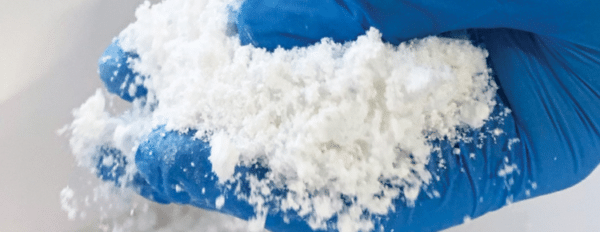
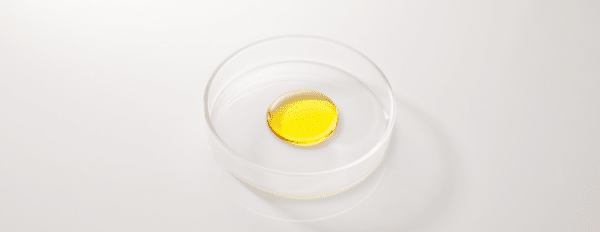

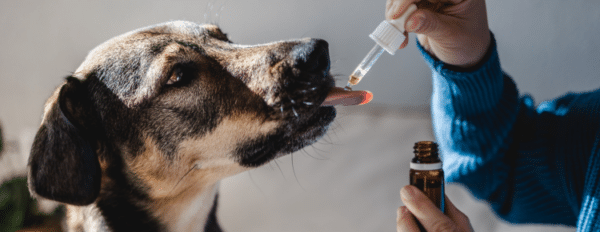
![How to Build A Cannabinoid Pet Brand in 2024 [Updated]](https://www.gvbbiopharma.com/wp-content/uploads/2024/03/admin-ajax-13.png)
![Which CBD Consumption Method is Best for You? [Updated 2024]](https://www.gvbbiopharma.com/wp-content/uploads/2024/03/Which-CBD-Consumption-Method.png)
